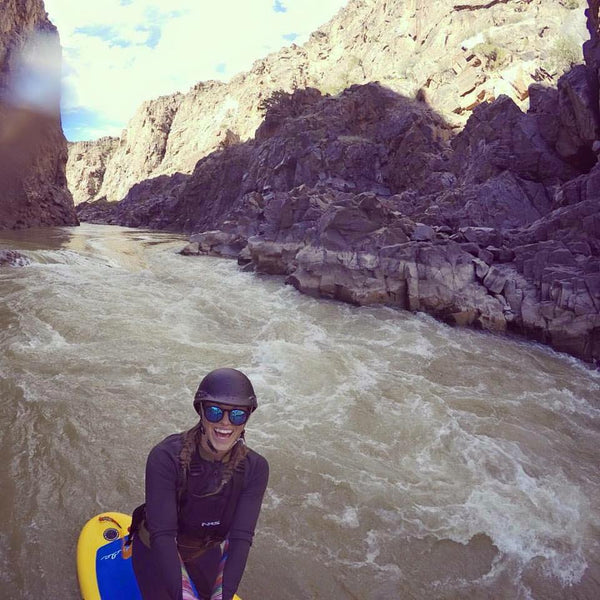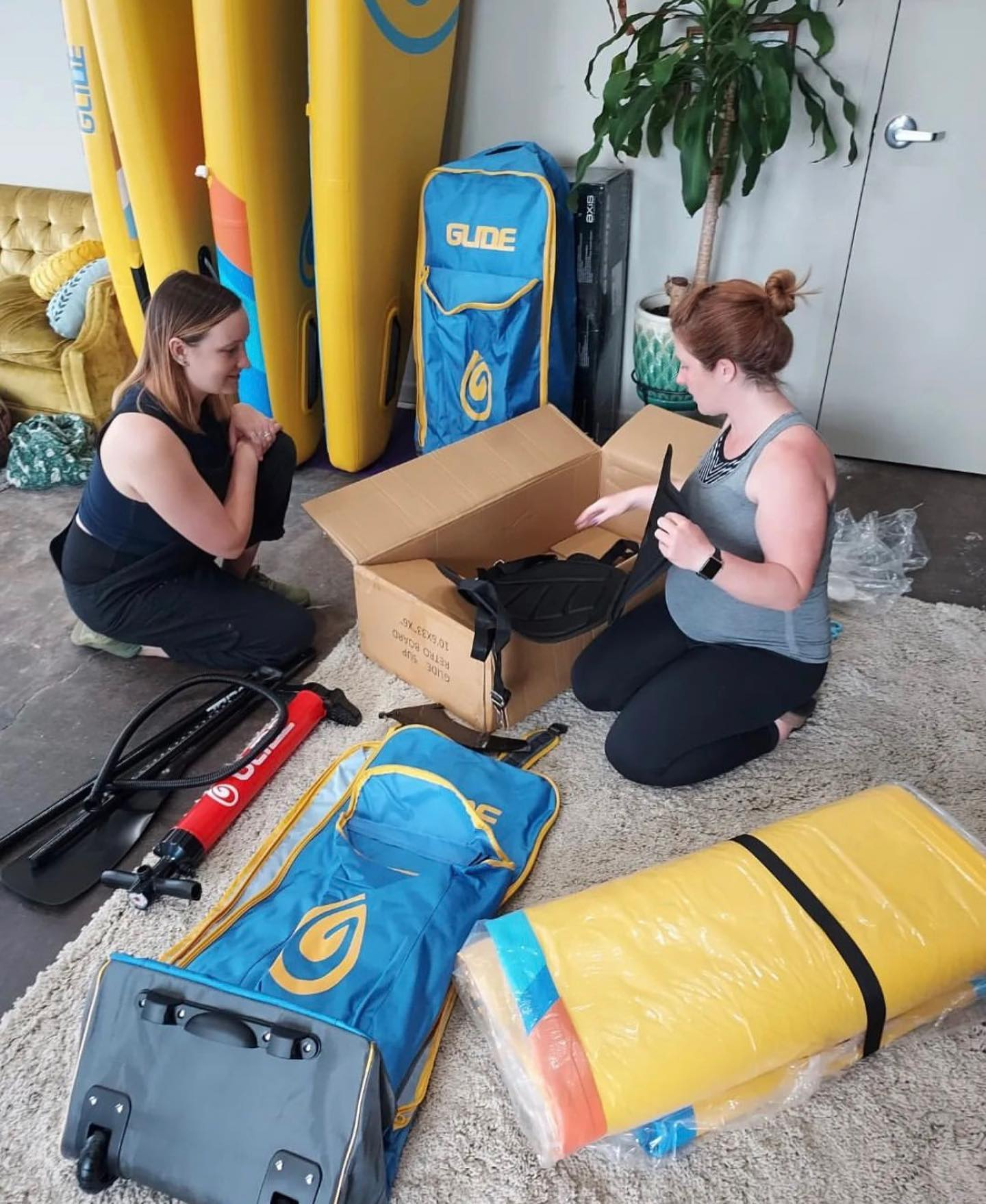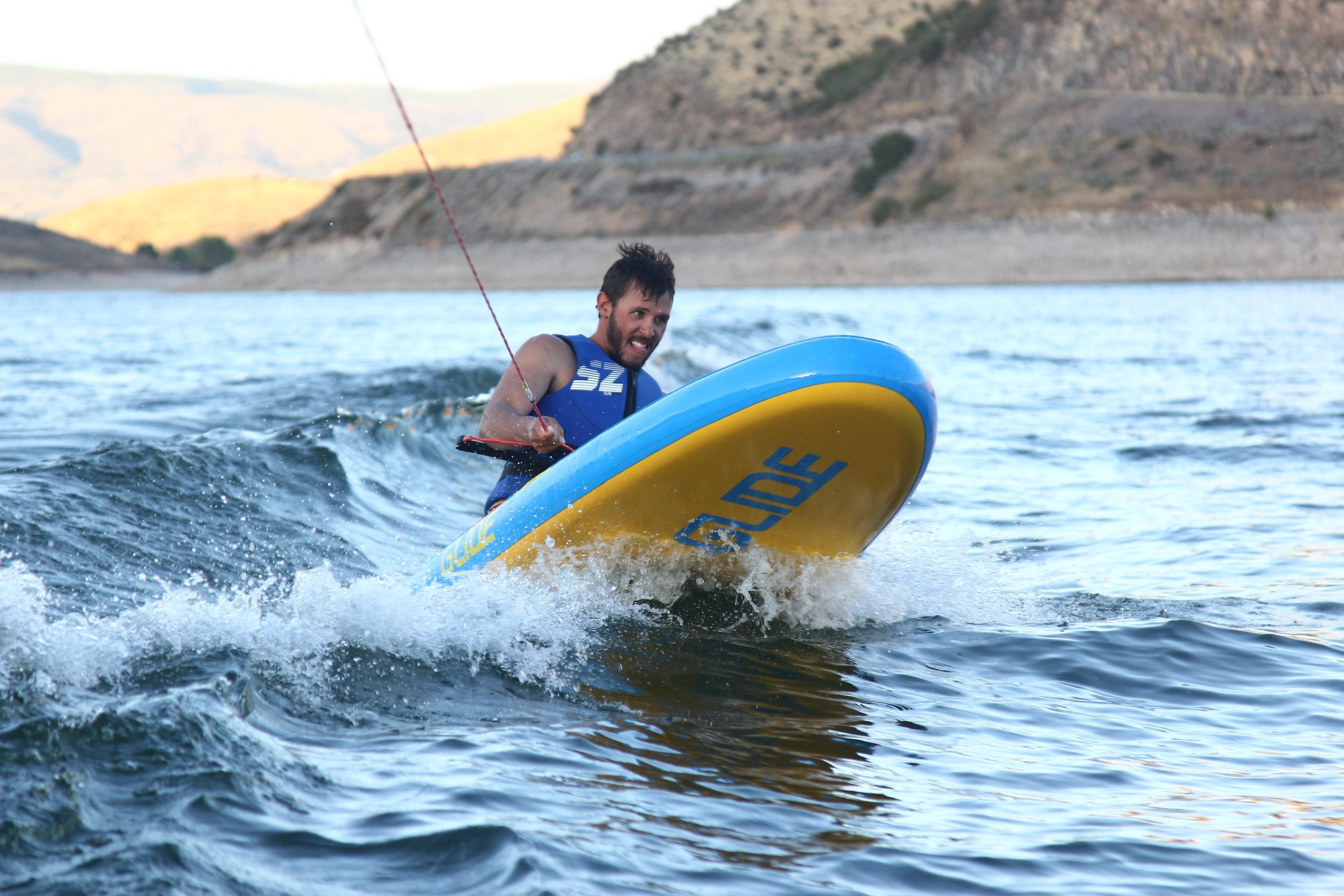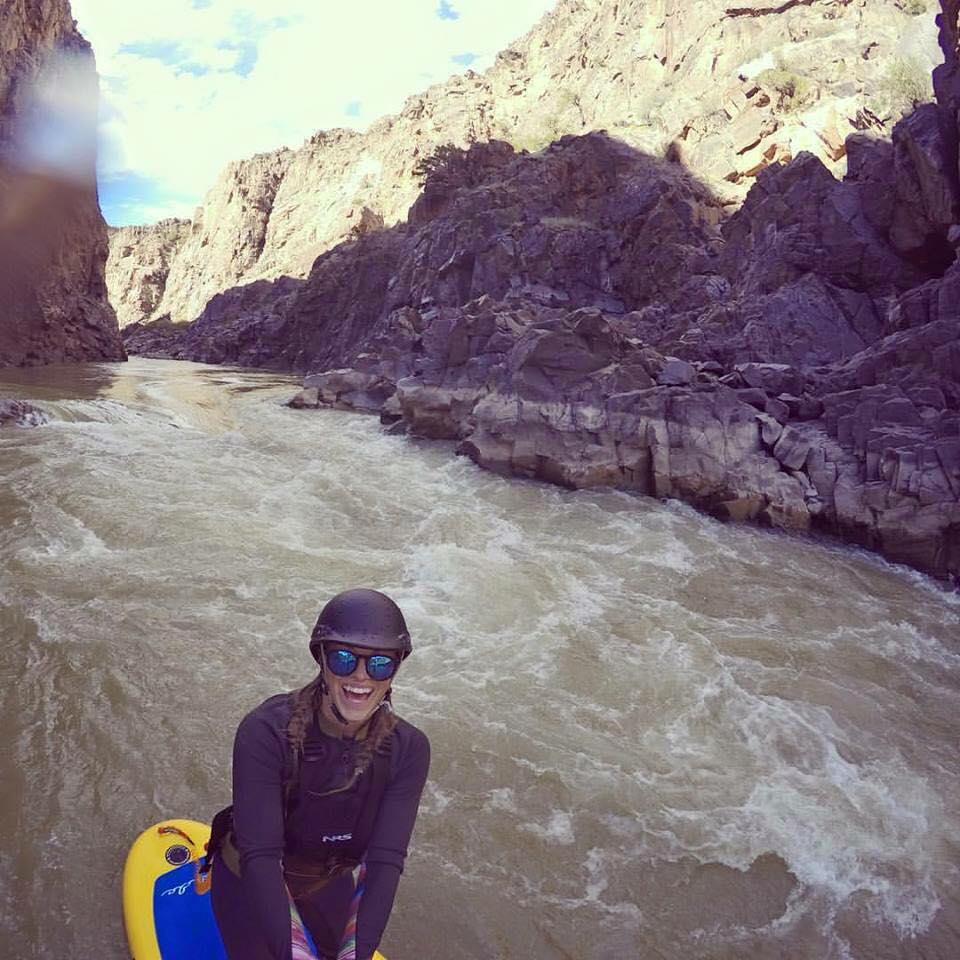
Navigating the Waters: How Inflatable Paddle Boards Stand Up to the Challenge
The Rise of Inflatable Paddle Boards
In the ever-evolving landscape of Stand-Up Paddleboarding (SUP), the surge in popularity of inflatable paddle boards marks a pivotal shift. Celebrated for their unparalleled ease of storage, transportability, and, most notably, their robustness, these marvels of engineering have swiftly become the go-to for both novices and aficionados of water sports. This dive into the essence of inflatable paddle boards will shed light on their exceptional endurance, especially in challenging water conditions, underscoring why they're increasingly preferred by paddlers everywhere.
Key Highlights:
- Durability and Construction: Discover how high-quality materials like multi-layered PVC and woven drop-stitch technology contribute to the robustness and rigidity of inflatable SUPs.
- Adaptability in Rough Waters: Examine the design advantages of inflatable paddle boards, including pointed noses and strategic fin setups, that enable superior handling and stability in challenging conditions.
- Inclusivity and Accessibility: Understand how inflatable SUPs cater to a wider range of paddlers due to their higher weight capacities and features that extend to pet-friendly adventures.
- Safety and Convenience: Highlight the importance of built-in safety features like repair kits that ensure quick fixes and continuous enjoyment, regardless of minor damages.
- Choosing the Right Board: Tips on selecting the perfect inflatable SUP based on your specific paddling goals, whether it's yoga, fitness, adventure, or leisure.
The Backbone of Inflatable SUPs: Unmatched Durability
What sets inflatable paddle boards afloat, especially when pitted against their solid counterparts, is their extraordinary durability. Glide SUP, known for crafting some of the most resilient rigid boards, also excels in the inflatable realm, ensuring that enthusiasts don't have to compromise on toughness. The secret lies in the construction:

The Backbone of Inflatable SUPs: Unmatched Durability
What sets inflatable paddle boards afloat, especially when pitted against their solid counterparts, is their extraordinary durability. Glide SUP, known for crafting some of the most resilient rigid boards, also excels in the inflatable realm, ensuring that enthusiasts don't have to compromise on toughness. The secret lies in the construction:
-
Material Mastery: The distinction between budget-friendly and premium inflatable paddle boards often boils down to the materials. High-end models boast multi-layered PVC fused together, enhanced by woven drop-stitch technology for added strength and a rigidity that rivals solid boards.
-
Weight Wonders: Inflatable boards are not just about withstanding the elements; they're about inclusivity, accommodating paddlers of all sizes with higher weight capacities. This inclusiveness extends to furry friends, making SUP adventures more accessible.
-
Steady as She Goes: When the waters get rough, inflatable SUPs stand their ground. Thanks to their design, which allows them to sit lower in the water, they provide a stable platform that instills confidence in every paddler.
Rough Waters: Inflatable SUPs Shine
The real test of any paddle board is how it manages in less-than-ideal conditions. Inflatable SUPs excel here, boasting features tailored for the challenge:
-
Design Dynamics: The pointed nose and strategic fin setup of inflatable paddle boards are not just for show; they're for performance, slicing through waves and maintaining course even when the going gets tough.
-
Prepared for Anything: With added storage and attachment points, these boards are ready for long hauls. The extra weight not only aids stability but also ensures you're well-equipped for any adventure.
Self-Rescue Ready: The Repair Kit Advantage
One of the unsung heroes of inflatable SUPs is the repair kit. This simple addition transforms potential disasters into mere hiccups on your paddling journey, ensuring that minor damages don't cut your adventures short.

Tailoring Your Choice: The Perfect Inflatable SUP
Choosing the right inflatable paddle board hinges on your aspirations, physicality, and the activities you're drawn to:
-
Yoga and Fitness: Seek out boards like the Glide Lotus, known for its expansive deck and stability, making it perfect for a serene yoga session or an invigorating workout on water.
-
Adventure Awaits: For the explorers at heart, boards with ample storage and a higher weight capacity, such as the Glide Angler Fishing Paddle Board, are your best bet for those extended voyages.
-
A Beginner's Best Friend: Starting out? Opt for a board that promises stability and ease, with packages that equip you with everything you need to get paddling right away.

Final Wave: Embracing the Inflatable SUP Journey
Inflatable paddle boards have not just entered the SUP arena; they've transformed it. They encapsulate the true spirit of adventure - adaptable, resilient, and ready for anything the water throws their way. Glide SUP continues to lead this charge, offering boards that meet the demands of every paddler's dream. Whether it's a tranquil glide across a serene lake, a long-distance journey down a meandering river, or an exhilarating sprint across the surf, the inflatable SUP stands as a testament to the enduring spirit of paddleboarding enthusiasts worldwide.


